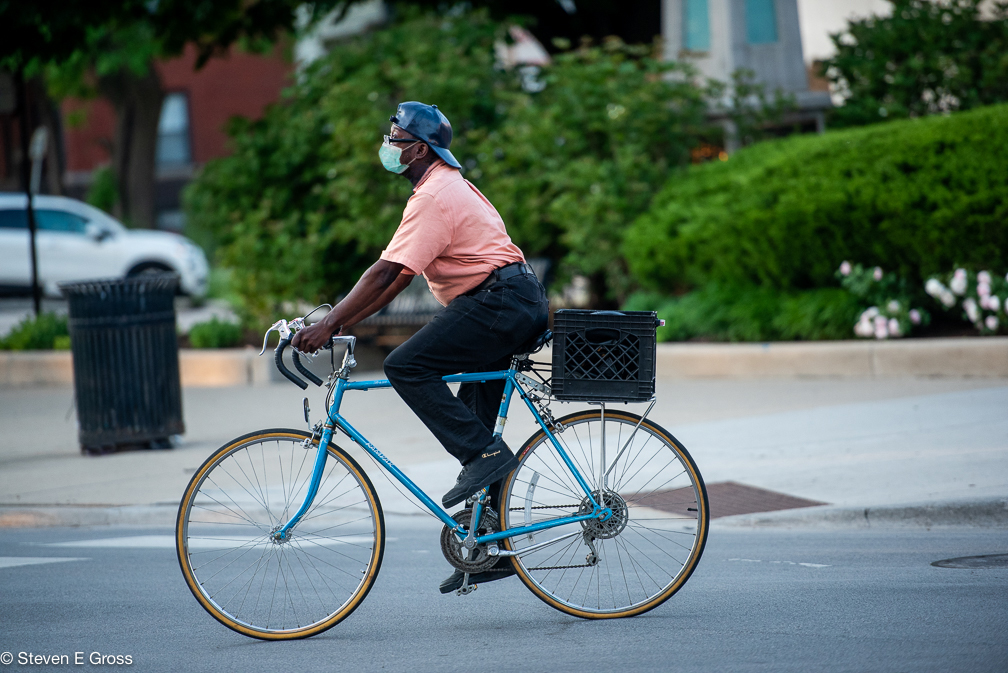Chicago faces many challenges as officials prepare next year’s budget.
Among those challenges is the need to improve mobility options while keeping the city’s transportation system accessible to everyone.
That’s why we need to ensure that transportation issues and improvements are part of the city’s budget conversation. You can help make sure this happens: If you’re a Chicago resident, please take the city’s 2021 budget survey by Sunday, September 13.
As with many other critical public systems, the COVID-19 pandemic exacerbated the underlying inequities in Chicago’s transportation network.
Decades of structural racism and disinvestment have meant that the Black and Latinx communities were already struggling with inadequate transportation options before the pandemic. Then, as COVID-19 hit, these Chicago communities faced even fewer transportation options.
Public health measures have led to capacity limits on public transit and the evaporation of fare revenue raises the specter of future cuts to service.
Chicago’s efforts to provide additional safe spaces to walk and bike during the pandemic failed to address the needs of the most impacted communities.
To get a better sense of the transportation challenges faced by people throughout the city and the region, Active Trans conducted a community listening tour in recent months, speaking with over 100 community leaders.
We also conducted a data analysis that looks at the demographic, travel, and public health data from the neighborhoods bearing the brunt of the pandemic in Chicago.
These efforts laid the groundwork for our overall COVID-19 response agenda, including the following advocacy priorities aimed at Chicago’s 2021 budget.
TRANSPORTATION BUDGET PRIORITIES
- Bus Lanes and Masks: Fund and build 20 miles of dedicated bus lanes on high-ridership corridors by the end of 2021, in addition to 10 new miles before the end of 2020 as part of the city’s COVID-19 response. Provide masks for all transit riders through distribution at stations/stops and on transit vehicles. This will help make travel for Chicago’s most vulnerable residents as safe, fast, and reliable as possible.
- Safe Streets Fund: Create a dedicated $20 million annual fund for new walking and biking infrastructure on Vision Zero high-crash corridors. Given data showing that most of the city’s most dangerous corridors are on the South and West Sides, this investment advances the city’s INVEST South/West initiative and broad racial equity goals while improving safety for all road users.
- CDOT Staffing: Fund several new full-time positions at CDOT. This would include more bike, pedestrian, and transit planners and at least two new traffic engineers. Progress on Chicago’s walking, biking, and transit networks requires having sufficient city staff to do the work. Current staffing in these areas pales in comparison to peer cities and is a major barrier to progress.
Chicago officials are forced to make difficult decisions throughout this budget season. The pandemic crippled revenues for Chicago and cities across the U.S. Congress must come through with billions in direct federal funding to protect city residents, workers, and the country’s economic future.
While pushing for more federal relief, Chicago can make these targeted transportation improvements now to make our communities healthier, more sustainable, and more equitable.
Chicago residents: please keep these priorities in mind as you complete the 2021 budget survey by Sunday, September 13.

